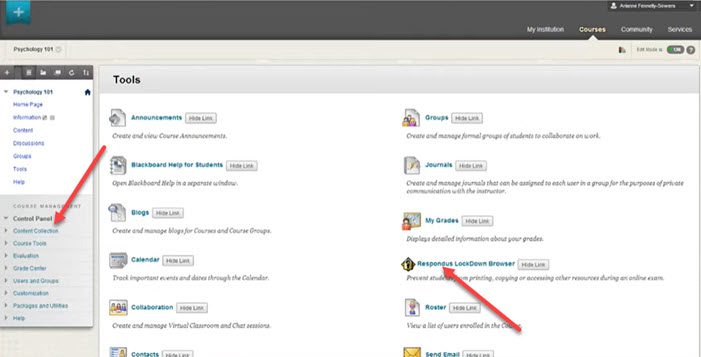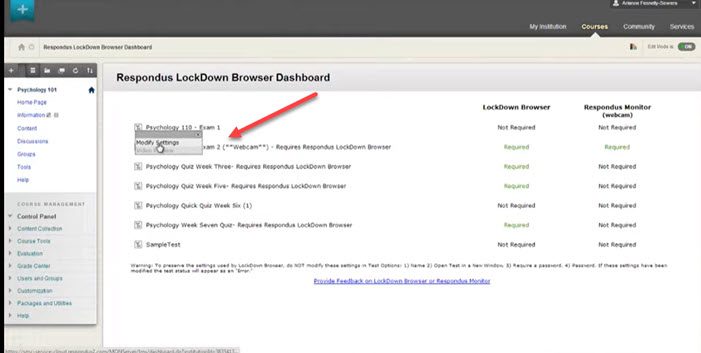During an online examination, it is difficult to supervise students, especially at home when there’s no teacher to invigilate in person. For this reason, Artificial Intelligence based software like LockDown Browsers are in great demand. What’s so special about it and how does it work?? We’ll try to cover it all in today’s post.

What is a LockDown browser?
The LockDown Browser from Respondus is an Artificial Intelligence-based proctor, a kind of virtual surveillance system useful for both, remote and campus testing. It is designed to bring down the instances of rampant cheating in online tests by raising its security level.
LockDown Browser isn’t a browser plugin. It’s a custom browser for Windows, Mac, Chromebook, and iOS. Its main features are:
- The browser runs full-screen and cannot be minimized
- Users cannot open a new tab or go to another website
- Certain keyboard functions, keystroke combinations, and mouse menus are disabled (e.g. printing, copy and paste, task switching, etc.)
The package is compatible with learning management systems like Blackboard Learn and Canvas, popular e-learning programs.
- Open Control Panel.
- Locate Course Tools section.
- Click the link for Respondus LockDown Browser.
- Allow the list of tests to populate.
- Select Modify Settings
- Choose the option for Require Respondus LockDown Browser for this exam.
- Set optional passwords for proctors or students.
- Click Save button and close the window.
When students use a LockDown Browser to access an exam, the standard menus and toolbars from the browser screen are removed.
How does the LockDown browser work?
If the browser is already deployed in your learning management systems like Blackboard, go to the Control Panel, locate the Course Tools section.

Under the section, click the link for Respondus LockDown Browser.
Instantly, a list of Blackboard tests that have been deployed in your course will populate the screen.

Now, to enable Respondus LockDown Browser for a test, click the pull-down menu to the left of the exam name, and select Modify Settings.
Select the option for Require Respondus LockDown Browser for this exam.
You may set an OPTIONAL password for the proctor or students.
When you are done setting the Lockdown Browser, click Save and Close button.
Respondus LockDown Browser will provide a custom interface for the browser running on Windows or macOS without modifying the copy of the browser in use. Besides, it will use the same security features and services that come with the browser.
Only a handful of keys can be used during the session. These include-
- The Back key.
- The Forward key
- The Refresh key.
- The Stop key.
In addition to the above, the students cannot print, copy, go to another URL, or access other applications. The copy and paste commands are disabled completely while a test is in progress, and you cannot open new tabs. So, once the test timer starts, students are locked into it until it’s submitted for grading.
TIP: This post will help you if you can’t install LockDown Browser
Is LockDown browser safe?
Lockdown browser protects the integrity of online testing and gives faculty confidence in using it. So, in a way, it is safe to use, if used correctly. Having said that there are concerns over its privacy policy as it claims, the information is shared with third parties.
Read: LockDown Browser is not working
What can LockDown browser detect?
A lockdown browser relies on Artificial Intelligence. It uses built-in tools like webcams and microphones to record and analyze students’ behavior that may be linked to cheating. But sometimes, it can flag even innocent movements for dishonest practices.
Leave a Reply